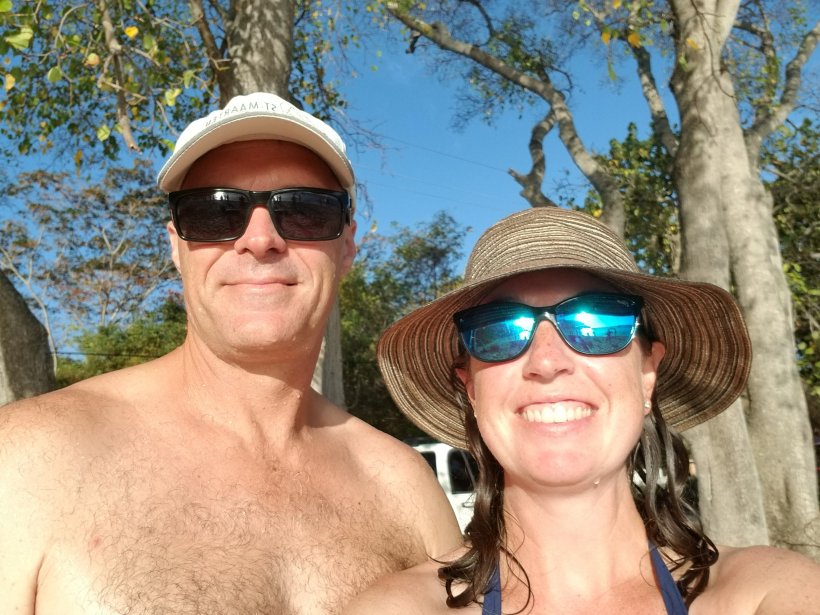There’s a reason we called this blog Where the Wind Takes Us. For one thing, when we started, we really had no idea where we would end up. More importantly, it acts as a mantra for us—as a reminder that our plans are written in sand at low tide (a common saying among sailors). Living on a boat is an exercise in flexibility (a challenge for Mel in particular, who loves lists, makes plans like nobody’s business and is obsessed with her agenda). Our ability to roll with the punches has certainly been put to the test this year, and it didn’t just start with last month’s abrupt end to our sailing season.
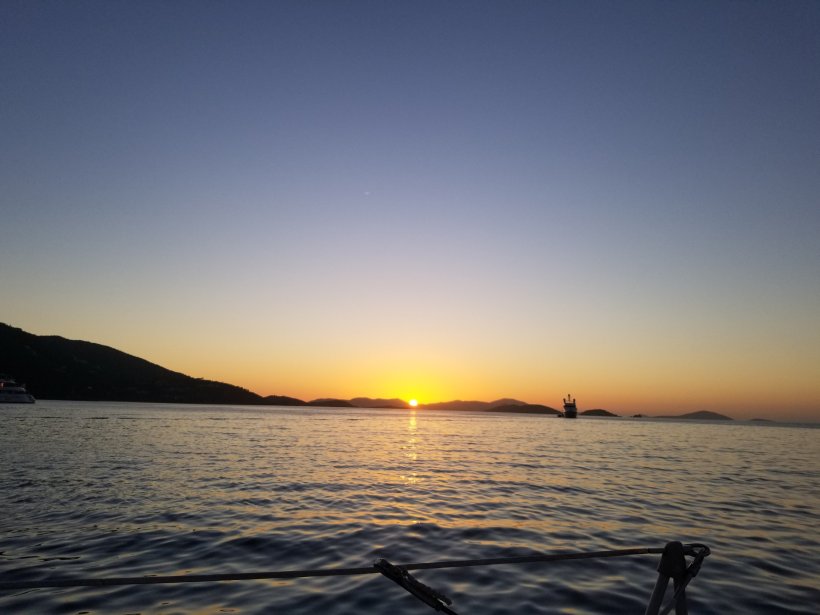
At the end of the last post, we were in Francis Bay, USVI, plotting our next move. Our original plan had been to head to Grenada to meet our friend Adriana at the end of February. She was going to be single-handing her boat back to St. Martin, and we thought it would be fun to buddy-boat back together, with a few stops along the way. The day Mel’s mom left we found out that Adriana’s plans had changed and that she was flying straight to St. Martin. So we took some time to stop and think about what we wanted to do for the rest of the season. There were some islands along the chain that we still had never visited (St. Vincent) or wanted to re-visit (Barbuda), and we also decided to volunteer for the Antigua Classics regatta at the beginning of April. In the end, we decided we’d still head south to Bequia, an island we’d fallen in love with in 2018.
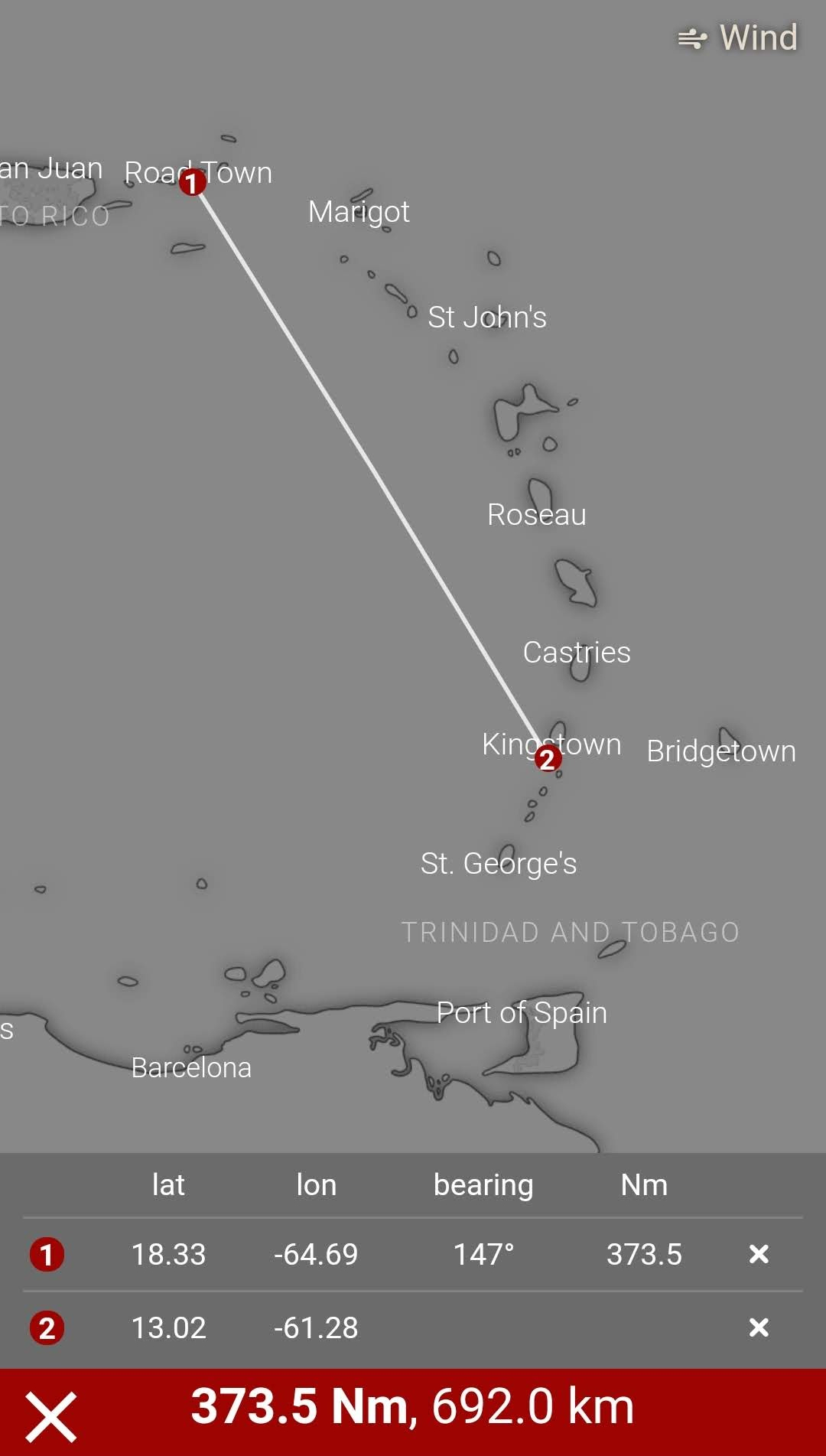
With that decision made, all that was left to do was wait for a good weather window for what would be—at best—a three-day passage. We only had to wait about 5 days for favourable winds, then we cleared out of the USVIs, and on the afternoon of February 25, we set off from Christmas Cove (home of the floating pizza joint, Pizza Pi) .
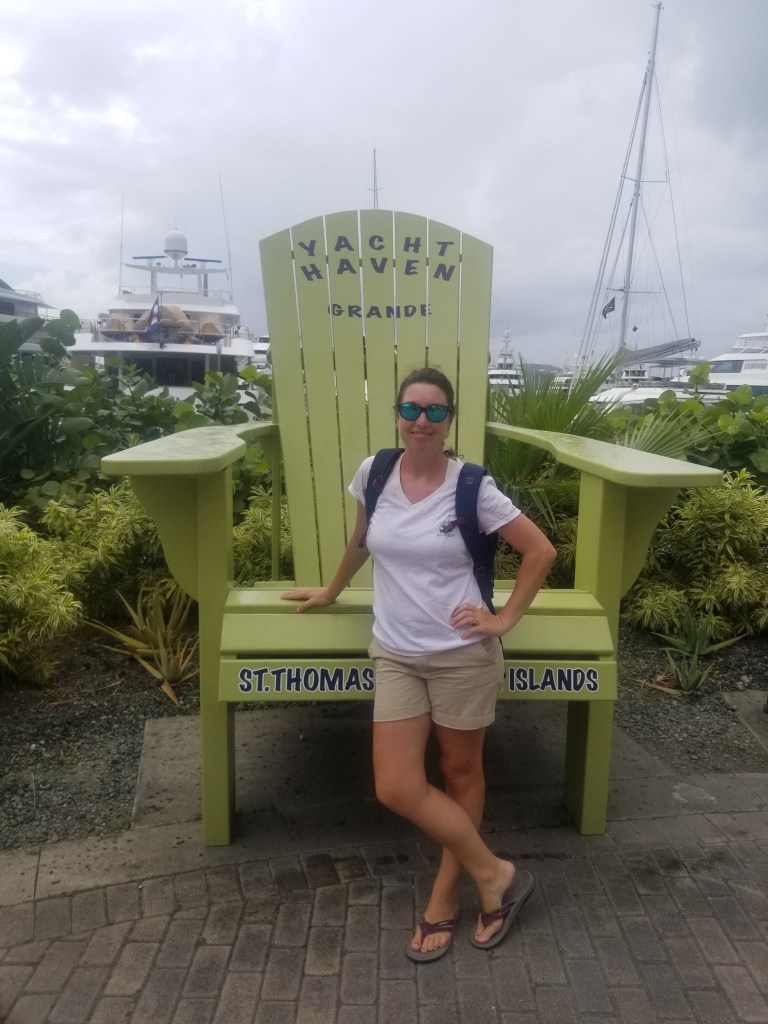
As with our last three-day passage, the first 30 or so hours were difficult. For one thing, we had to sail very close to the wind to avoid the island of St. Croix. Also, we never really sleep well on the first night. It always takes a day or so to get used to the constant motion and the different sounds the boat makes underway. But by the second full day we were in the groove.
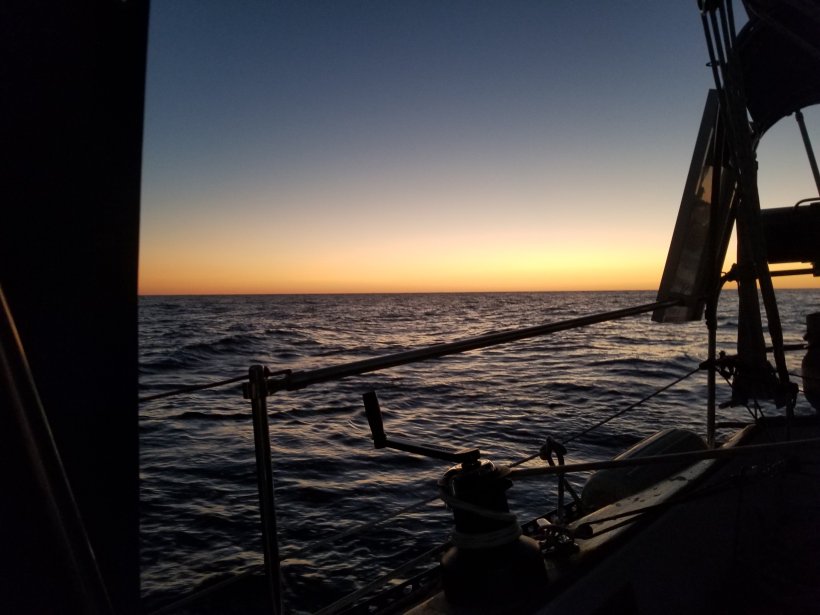
And then the wind died.
We were about 125 miles from Bequia when we had to turn the motor on. We really hate motoring. It’s just not what the boat was built for. We also knew, based on our last wind report before departure, that the wind was supposed to shift unfavourably near the end of the third day, so we really needed to put the miles in early. In yet another where-the-wind-takes-us decision, we changed our course and headed to Martinique instead, and dreamt of croissants, roquefort and French wine that night.
The next morning, we were greeted by a pod of dolphins as we approached Martinique. Sadly, they were on a mission and didn’t stop to visit with us.
We dropped the hook in Fort-de-France exactly 72 hours after leaving the USVIs.
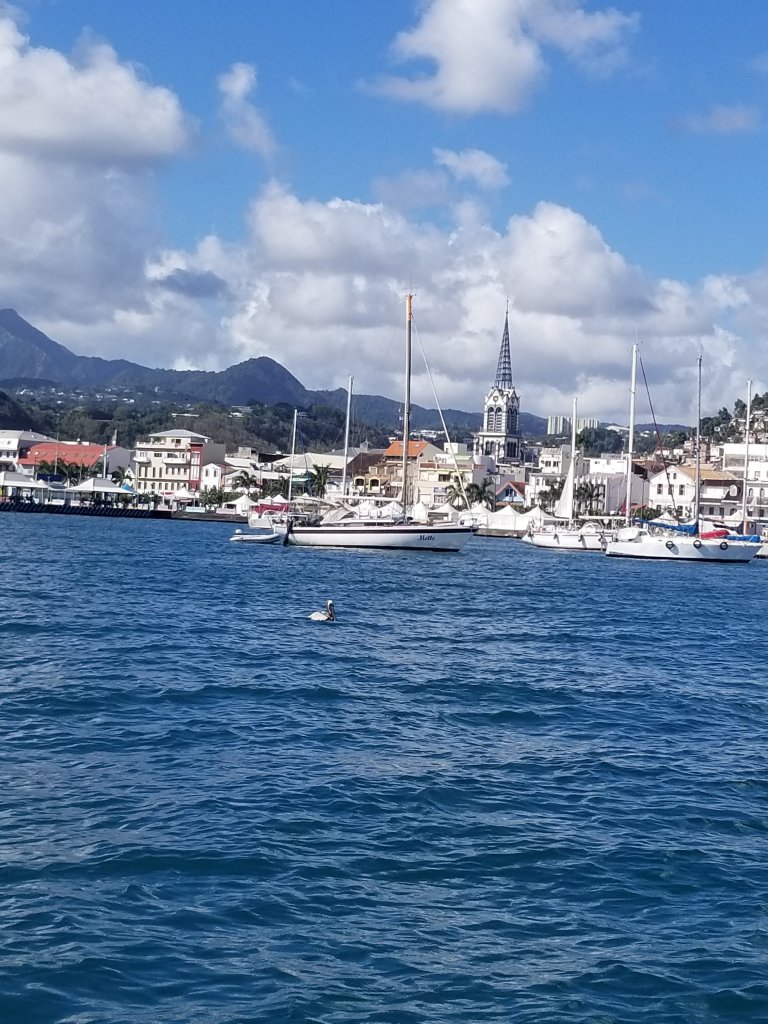
Our week in Martinique was spent working on boat projects, with several tram trips to M. Bricolage, the French version of Canadian Tire, as well as a couple of days spent in a very small marina. The marina was an adventure in itself, given that they put us on a pontoon that was meant for smaller, much more manoeuvrable power boats. But Mel managed to squeeze into the slip (miraculously without hitting anything!) and we discovered the joys of French docking (“mouillage en pendille” as illustrated below).
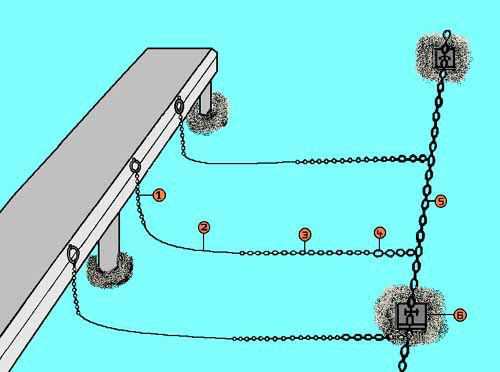
It was around this time (the first week in March), that COVID started making headlines, especially on the French islands, where there is so much back-and-forth European travel. We started discussing back-up plans, in case the virus hit the islands and started shutting things down, but honestly weren’t too concerned about it at that point, and decided to carry on south. We filled the boat with French provisions and had an uneventful overnight passage before landing at our original destination, Bequia.
Our time in Bequia was a bit surreal. When we first arrived, everything was exactly the same as it had been two years before. We went on a rum shop tour organized by our friends Nate and Nicolle, took in the local scene, we did a couple of dives, we swam, hung out on the beach, did some boat jobs, translated, snorkeled and chilled.
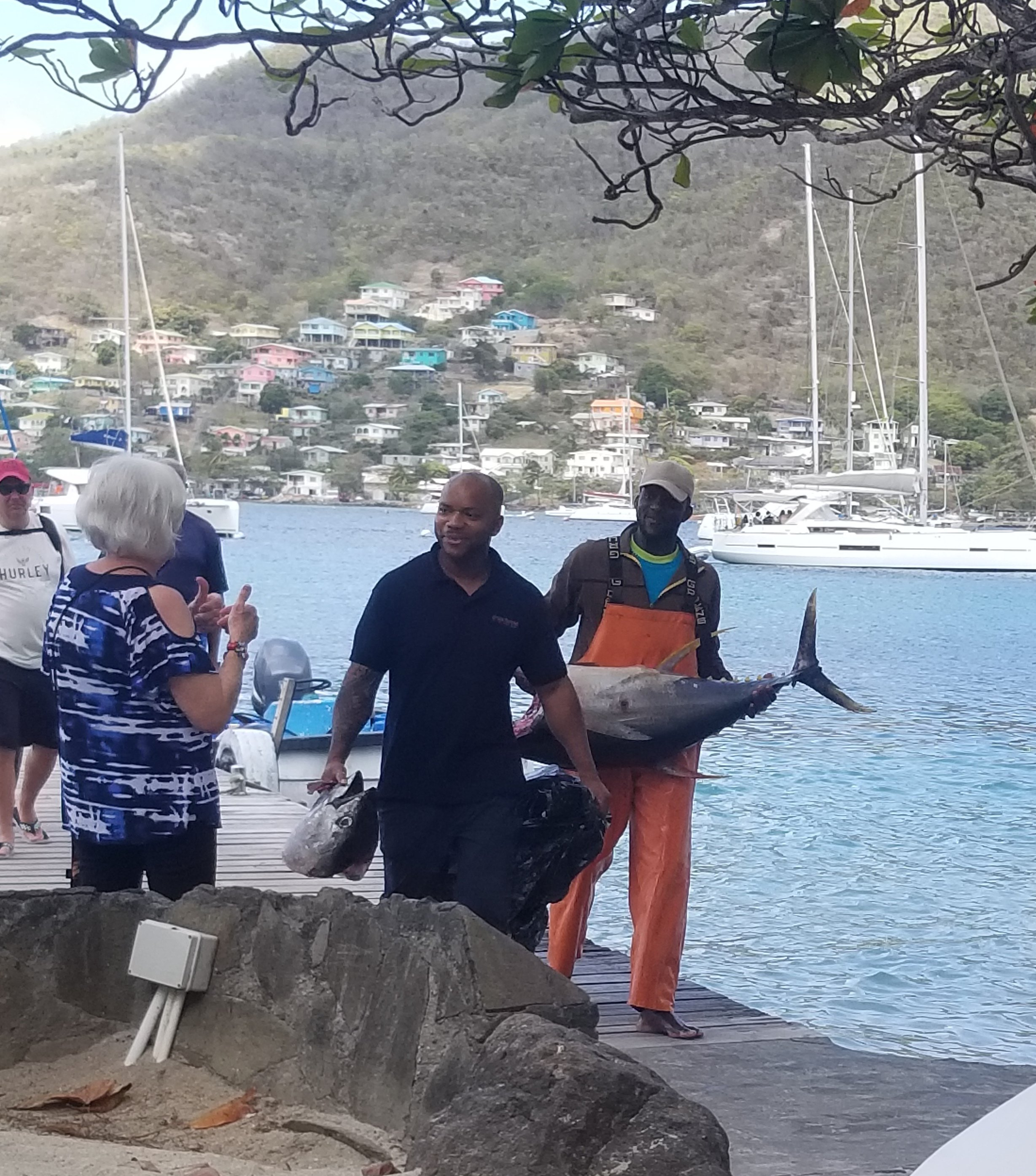
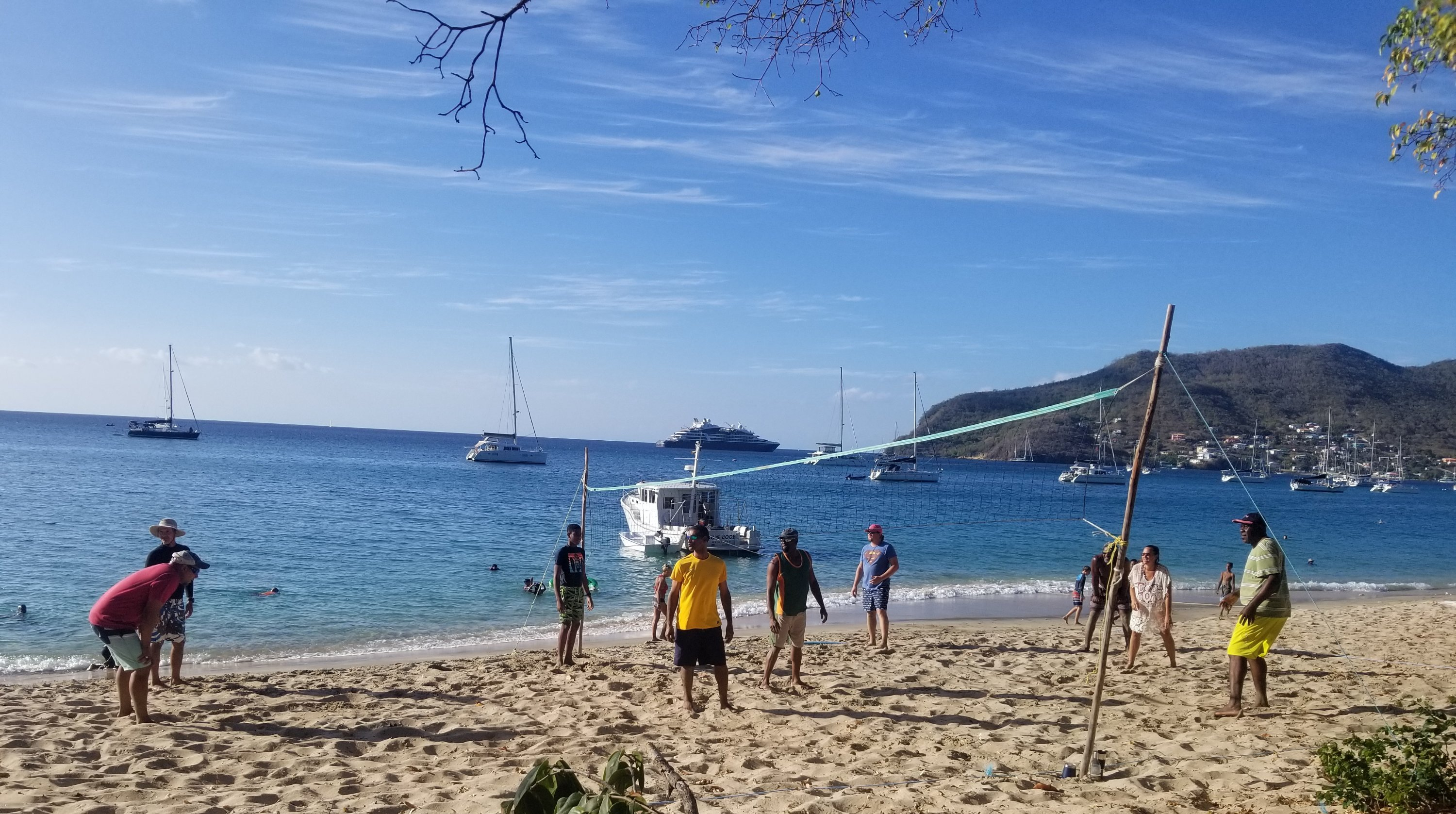
But in the span of a week, cruise ships were getting turned away from the islands, and the local Bequians, who rely so much on tourism, were starting to feel the impact of the increasing number of cancellations. All the annual regattas on the various islands were being cancelled, including the Antigua Classics we had planned to volunteer at. Meanwhile, we were getting reports from back home about mass hysteria and toilet paper shortages.

Nonetheless, we still felt like the safest place for us to be was on the boat. We provisioned for worst-case scenario (food, water, fuel and cash), then sailed down to the Tobago Cays. You already know what happened from that point on.
So that’s it, folks. Our 2019-2020 season story is now complete. Had COVID-19 never hit, we’d be flying home from St. Martin this weekend. But it evidently wasn’t meant to be, and now we’ve had an extra month of acclimatization to Canadian “spring”.
We’re already plotting where to go next season (hopefully we’ll be able to travel again by the fall), but since things are constantly changing, we know not to set any plans in stone. As usual, we’ll just see where the wind takes us.
